Cells are the fundamental units of life from which all other living things are made. They contain all the molecules and structures needed for individual cell survival and the survival of the organism as a whole.
Different cells have different subcellular structures, but all eukaryotes contain the same three parts: the nucleus, the cell membrane, and the cytoplasm.
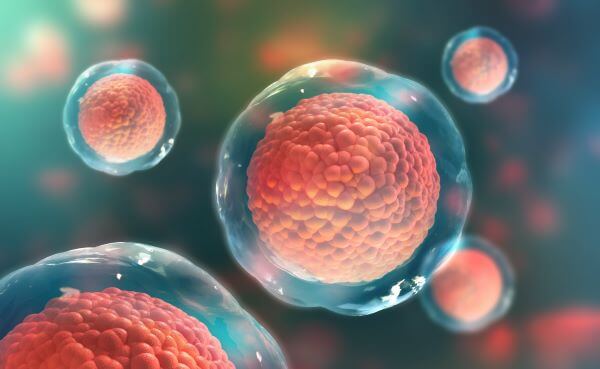
What is the Structure of Cells?
All eukaryotic cells consist of three basic parts. These are the cell membrane, the nucleus, and the cytoplasm. The cell membrane surrounds the outside of the cell, the nucleus is found in the middle of the cell, and the cytoplasm fills the gap between the two. Buried in the cytoplasm are hundreds or thousands of subcellular structures called organelles.
The fluid inside cells is known as the intracellular fluid (ICF), while the environment outside of the cell is referred to as the extracellular fluid (ECF).
The Cell Membrane
The cell membrane (AKA the plasma membrane) is a thin, flexible structure that surrounds the outside of the cell, creating a physical barrier between the cell interior and its external environment. It consists of a semipermeable lipid bilayer that regulates the passage of materials in and out of the cell.
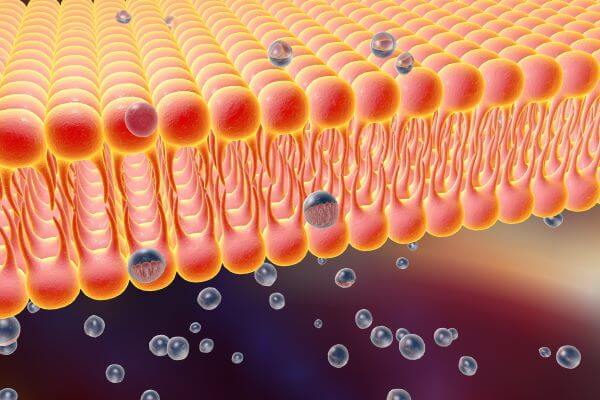
The Cytoplasm
The cytoplasm is a jelly-like goo that fills the interior space of the cell. It cushions and protects the cell organelles and is also where many of the cell’s chemical reactions take place. The cytoplasm is mainly composed of water, but also contains salts and other organic molecules.
The Nucleus
The nucleus contains the cell’s DNA and genetic information. It is separated from the cytoplasm by a double membrane called the nuclear envelope and controls all cellular activities, including cell division, protein production, growth, and metabolism.
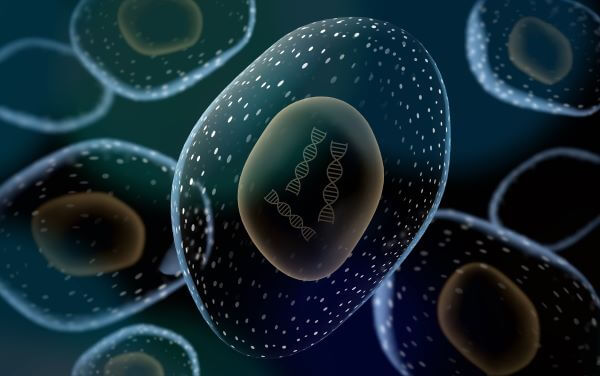
Cell Organelles
Organelles are the ‘tiny organs’ of a cell. They are distinct, specialized structures that are adapted to fulfill the essential life functions necessary for cell survival. Some organelles (for example, the mitochondria, ribosomes, and nucleus) are found in almost all cell types. Others (like the chloroplasts and cell wall) are only found in certain cell types, like plants and algae.
Animal Cell Organelles
Animal cell organelles are typically found in both animal and plant cells. They include mitochondria, ribosomes, endoplasmic reticulum, Golgi apparatus, and lysosomes, as well as the nucleus, cytoplasm, and cell membrane.
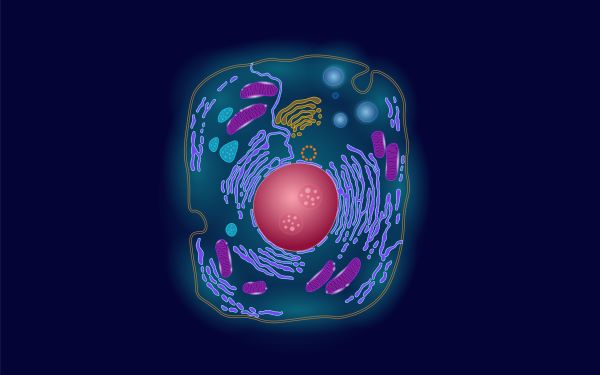
Mitochondria
Mitochondria are the site of respiration in cells. They release the energy required to power all other cellular processes.
Ribosomes
Ribosomes are where protein production takes place. These organelles ‘read’ the instructions contained in the genetic code and use them to assemble polypeptide chains from amino acids.
The Endoplasmic Reticulum
The ER is a large, continuous, membrane-bound organelle whose main functions are to process and transport newly-synthesized materials. The rough ER is studded with ribosomes and is used in the processing and transportation of proteins. The smooth ER has no ribosomes and is mainly involved in lipid and hormone synthesis.
Golgi Apparatus
Once materials leave the ER, they are sent to the Golgi apparatus where they are packaged and distributed to wherever they are needed. Some materials are incorporated into the plasma membrane, while others pass through the membrane and leave the cell.
Lysosomes
Lysosomes are small, spherical organelles that use digestive enzymes to dispose of unwanted materials. They may be used to recycle old or damaged cell parts or invading pathogens, and also play a key role in apoptosis (programmed cell death).
Plant Cell Organelles
Some plant cell organelles are not found in animal cells. They include the chloroplasts, vacuole, and plant cell wall.
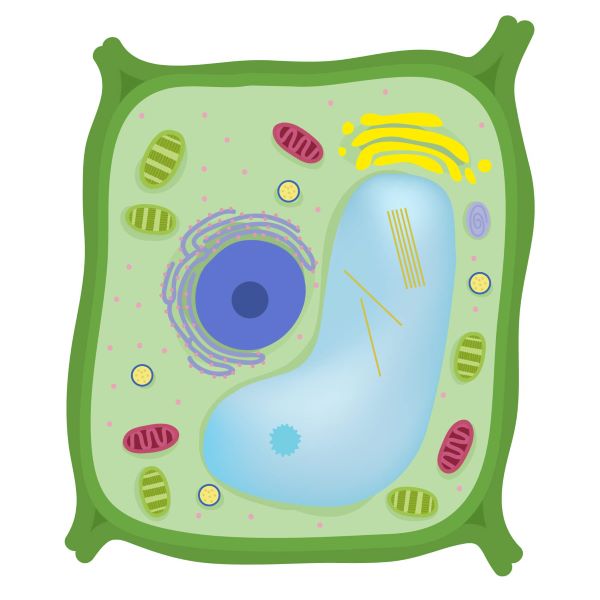
Chloroplasts
Chloroplasts are the site of photosynthesis, a process in which light energy from the sun is used to convert carbon dioxide and water into glucose. They are filled with a green pigment called chlorophyll, which harvests light energy and gives plants their green color.
The Vacuole
The vacuole is a large, sap-filled bubble that plant cells use to store water, proteins, and other molecules.
Another function of the vacuole is to maintain turgor pressure in plant cells, as this helps them to keep their shape and prevents wilting or bursting.
The Cell Wall
The cell wall surrounds plant cells, protecting and supporting the cell. This structure is mainly made of cellulose and is very strong.
